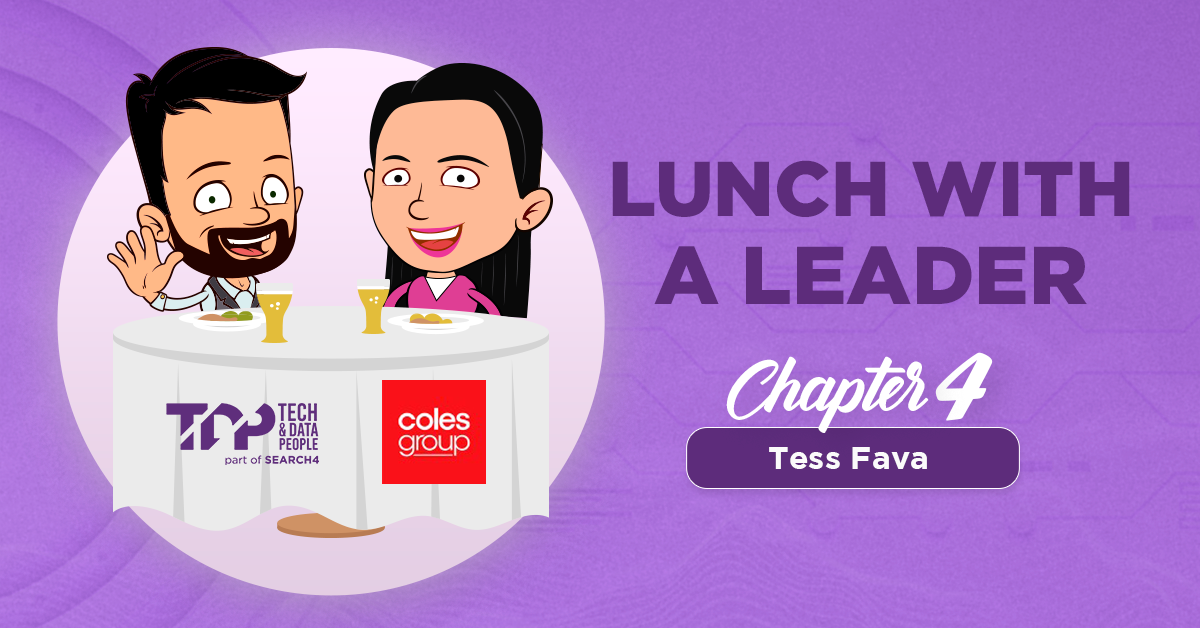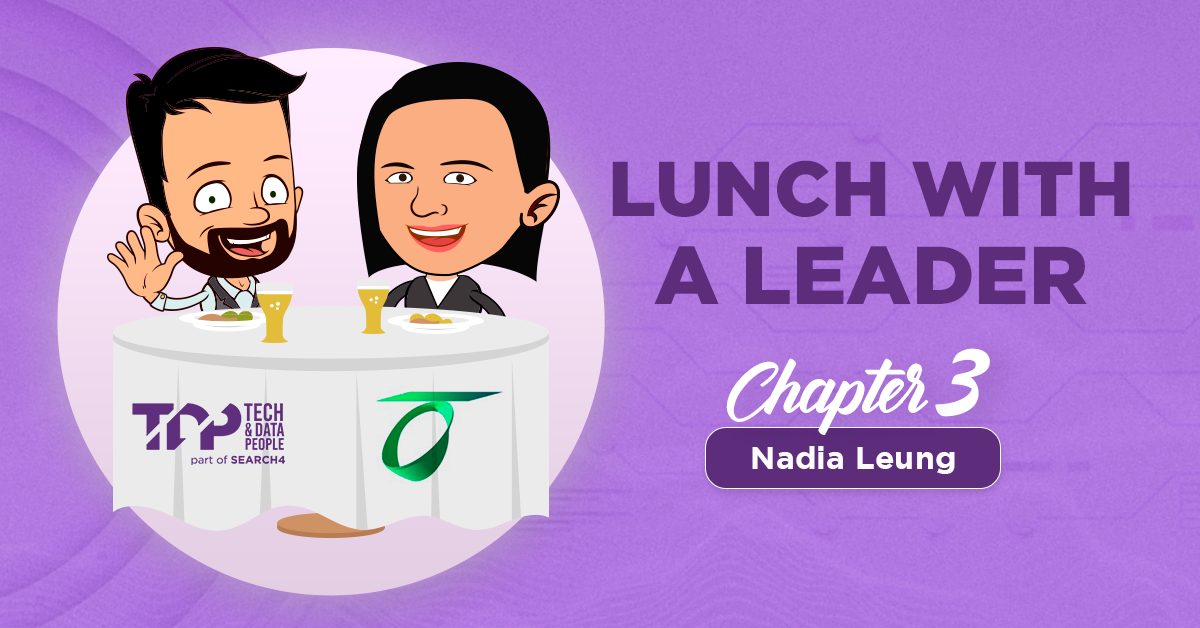Blogs
The Dos and Don’ts of Inclusive, Non-Biased Technical Job Descriptions

Diversity and inclusion are essential components of a thriving workplace. One of the foundational steps in fostering an inclusive work environment is creating job descriptions that are free from bias. Inclusive, non-biased job descriptions attract a diverse pool of candidates, which in turn fosters innovative solutions, improved team performance, and a positive company culture. In this article, we'll explore the importance of inclusive job descriptions and provide practical dos and don'ts to help you craft them.
WHY INCLUSIVE JOB DESCRIPTIONS MATTER
- Broadens Talent Pool: an inclusive job description appeals to a wider range of candidates. By using language that is welcoming and free of bias, you increase the likelihood of attracting diverse candidates and avoid excluding minorities.
- Enhances Innovation: different perspectives and experiences can lead to more creative solutions and innovative ideas. Inclusive job descriptions help in building such teams by ensuring that you don’t miss out on top talent due to unintentional biases in your job postings.
- Reflects Company Values: companies that prioritise diversity and inclusion are more attractive to job seekers. Inclusive job descriptions reflect your commitment to creating an equitable workplace and helping to build a positive employer brand.
- Improves Employee Retention: when employees feel included and valued, they are more likely to stay with the company. Inclusive hiring practices set the tone for a positive work environment and a sense of belonging.
DOS AND DON’TS OF WRITING INCLUSIVE JOB DESCRIPTIONS
Dos
- Use gender-neutral language:
- Do: replace gender-specific terms with neutral alternatives. For instance, use "salesperson" instead of "salesman."
- Example: “The developer will be responsible for…” instead of “He will be responsible for…”
- Focus on essential skills:
- Do: highlight the skills and qualifications that are truly essential for the job. This approach reduces the likelihood of excluding candidates who might have taken non-traditional career paths.
- Example: “Proficiency in Python and experience with machine learning frameworks” instead of “5+ years of experience in a senior engineering role.”
- Highlight commitment to diversity:
- Do: explicitly state your company’s commitment to diversity and inclusion. This reassures candidates that they are applying to a welcoming environment.
- Example: “We are an equal opportunity employer and value diversity at our company.”
- Use inclusive benefits:
- Do: mention benefits that appeal to a diverse workforce, such as flexible working hours, parental leave, and professional development opportunities.
- Example: “We offer flexible working arrangements and support for continuous learning.”
- Simplify job titles:
- Do: use straightforward and easily understandable job titles. Avoid jargon and titles that may be off-putting to some candidates.
- Example: “Software Engineer” instead of “Ninja Coder” or “Rockstar Developer.”
Don’ts
- Avoid unnecessary jargon:
- Don’t: use industry-specific jargon or acronyms that might be unfamiliar to candidates from diverse backgrounds.
- Example: “Must have experience with ABC framework and XYZ protocol” without explaining what they are.
- Refrain from inflated requirements:
- Don’t: list qualifications that are not essential for the job. Overstating requirements can discourage qualified candidates from applying.
- Example: “Must have a Master’s degree in Computer Science” when a Bachelor’s degree with relevant experience is sufficient.
- Don’t assume backgrounds:
- Don’t: assume that candidates have had access to certain experiences or opportunities.
- Example: “Must have participated in competitive programming contests” can be exclusionary. Instead, focus on the skills gained from various experiences.
- Avoid age and gender bias:
- Don’t: use phrases that suggest a preference for a particular age group or gender.
- Example: “Young and energetic team” or “Looking for a female candidate” are explicit biases that should be avoided.
- Stay clear of personality descriptors:
- Don’t: use descriptors that imply a certain personality type, which can be exclusionary.
- Example: “Looking for a dynamic and outgoing individual” instead of focusing on the specific skills needed for the role.
Creating inclusive, non-biased technical job descriptions is a crucial step toward building a diverse and innovative workforce. By focusing on essential skills, using gender-neutral language, and clearly stating your commitment to diversity, you can attract a wider range of talented candidates. The goal is to create an environment where every individual feels valued and included, starting from the very first point of contact: the job description. Embrace these best practices, and you'll be well on your way to fostering a more inclusive and dynamic workplace.











